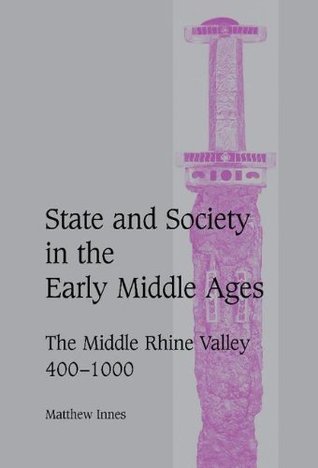What follows is divided into two parts. In the first, consisting of chapters 2-5, I adopt a broadly `horizontal' approach, focusing on the `source-rich' Carolingian period and analysing the fundamentals of social and political organisation. I begin by attempting to explain precisely why the Carolingian period is so well documented, examining the relationship between monasteries and lay society. I go on to examine the nature of landownership and the relationships between kinship, social status and the land; the texture of power, the places at which collective action took place, and the
...more
Welcome back. Just a moment while we sign you in to your Goodreads account.


